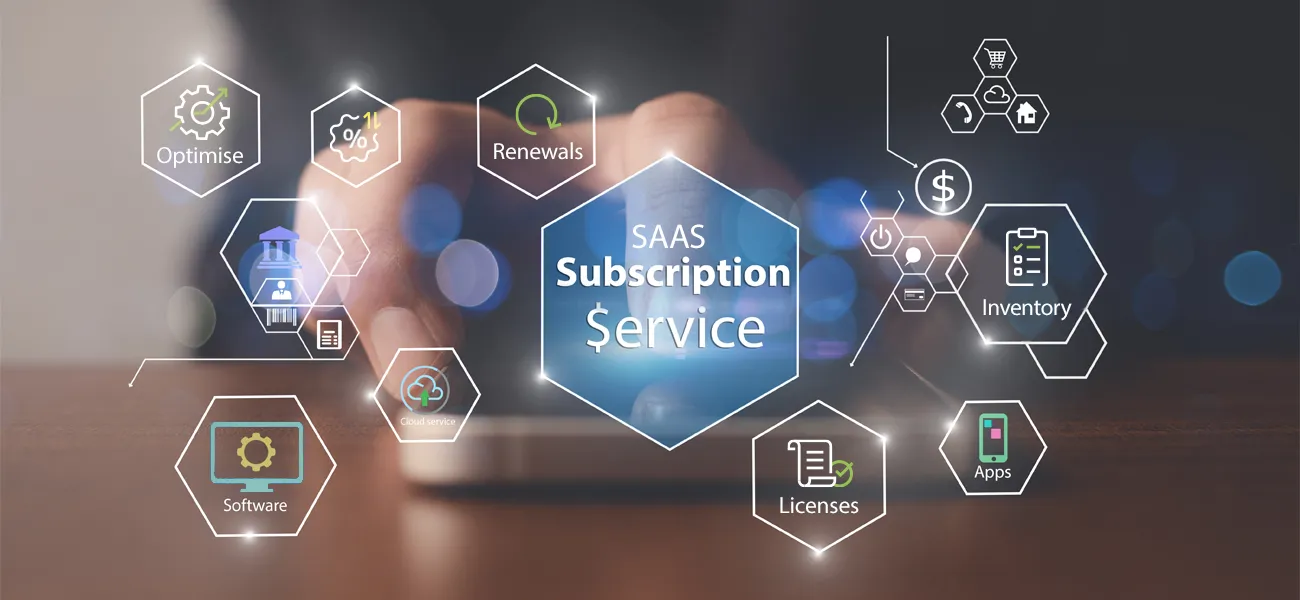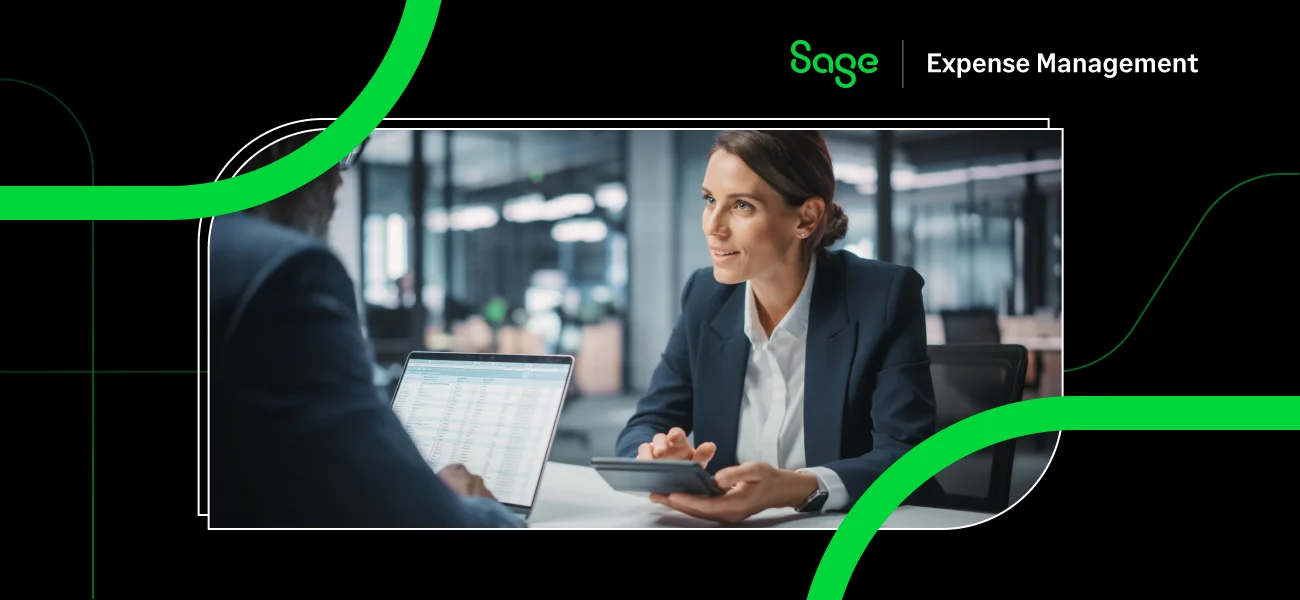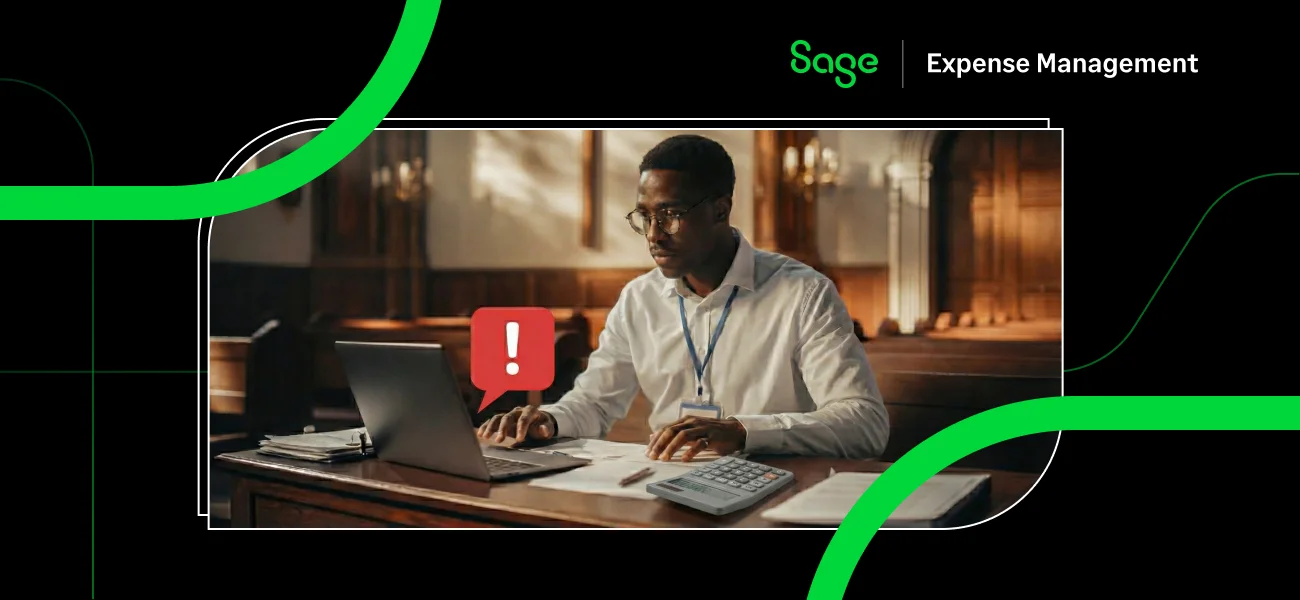Cloud-based solutions, particularly SaaS (software-as-a-service), help reduce the TCO (Total Cost of Ownership) by removing infrastructure installation and maintenance expenses.
Additionally, the monthly operational expenses are easier to forecast when upfront costs are lower and incurred over time with SaaS tools. As they have a cheaper total cost of ownership than on-premise systems, SaaS solutions have found wide acceptance.
However, unless your staff makes the most of these apps, you might not be saving as much money as you'd want to. This is where SaaS cost management comes into play. It is an essential aspect of cost control for businesses across the spectrum.
The most efficient usage of SaaS solutions relies on good cost management across numerous cloud-powered platforms employed by your company. This article discusses the importance of SaaS cost management and how to do it right for your business.
What is SaaS cost management & why does it matter?
SaaS cost management is essentially a company's way of monitoring and regulating its spending on SaaS subscriptions, whether done in a spreadsheet or a SaaS application.
The objective of SaaS cost management is to understand the RoI of each SaaS subscription to ensure you're getting the most bang for your buck. As a result, you can spend on high-priced SaaS products, provided you can justify the cost with value.
For instance, check out this sample cost management report for a SaaS company with 1-100 employees -

Source: Blissfully.com
Some interesting takeaways from this company’s reports -
About SaaS costs -
- A set of 35 employees were connected to 624 apps in total, and the spend per employee was $5,736 per year - that's a huge number of apps for a small pool of people.
- The company on average incurs $202.2k in SaaS subscriptions alone - and most times, these costs are recurring. If you don't identify waste, you might continue paying for it.
About SaaS management -
- The company changed 63% of its SaaS stack by dropping 35% of the existing subscriptions and adding 31% of new SaaS products in just a year. SaaS requirements change from time to time depending on business goals, scale, and other factors.
- Ten different people made buying decisions for SaaS. When multiple individuals make purchase decisions, there is a high risk of SaaS waste.
Unused software, unused licenses, and apps with duplicate use-cases are all examples of SaaS waste. But, you can make sure you're getting the most out of each SaaS license you buy by using saas management platforms and by keeping track of your SaaS inventory in real-time.
Critical reasons why SaaS cost management is essential:
1. The software buying process might be decentralized, leading to an overlap of licenses
SaaS purchasing choices may not be localized to the procuring or IT departments, based on your company's structure.
End users in different departments select SaaS providers and may also negotiate deals. This is pretty common now since more and more professionals are working from home. However, those end-users aren't often full-time SaaS purchasers; thus, they may be unfamiliar with SaaS contracts and expenditure management.
Suppliers offer a variety of SaaS pricing schemes, which should be reviewed regularly to minimize issues like expired licenses or overages. However, it may be unrealistic to expect each end-user department to have the time and resources to administer those agreements. A SaaS expenditure management process can help by providing consumers with necessary resources.
2. Unused SaaS licenses
Checking licensed users vs. active accounts for all subscriptions is a part of SaaS cost management. For instance, an organization could be paying for 100 users, but only 50 of them are active. If that's the case, you're overpaying for 50 licenses your company isn't using.
In some cases, more users than you anticipated might be utilizing a subscription. In such a case, you may have to upgrade to the next pricing tier, depending on the SaaS provider and agreement. But, again, this may quickly lead to overspending if you don't have real-time awareness about the budget vs. spend.
3. SaaS costs are variable
SaaS businesses usually provide several pricing levels to suit a wide range of customers. These pricing models are usually based on the degree of access/customization customers need.
SaaS providers can often build/modify the software or offer integrations and customization options to suit your needs. You might be billed differently for this, but you will only be paying for the features you need.
For instance, say you’re trying to optimize marketing spending at a SaaS company. The first touchpoint, of course, is to incorporate marketing best practices to save costs; and the second is to understand if or not the current SaaS stack aligns with your goals. Often, there are small forgotten subscriptions that add up quickly and burn your money for months, or even years, throwing you off your budgets.
SaaS providers allow you to switch between different pricing models according to your then-current needs. This kind of flexibility not only helps achieve your business goals, but also financial goals.
How to reduce spend with SaaS cost management?
The SaaS makeup of a firm changes, just like a digital fingerprint, to reflect corporate goals, demands, and culture. It is important to track cost differences that come with every change to identify and eliminate unnecessary spending.
There are standard actions every firm can take to lower SaaS costs, regardless of the industry and what SaaS products you use.
1. Inventory your SaaS tools — and identify stakeholders
The first step toward achieving cost reductions on SaaS apps and resources is identifying current inventory.
All transfers generated in cost categories, notably individual corporate credit cards, procuring cards, and employee expense reports, should be included in this analysis. Also, direct supplier spends are identified in Accounts Payable or purchase orders.
These are the characteristics that enterprises must determine for each new, previously unrecognized application when it becomes visible or known to lower SaaS costs:
- Which software-as-a-service (SaaS) applications are used: Metrics on usage provide insight into the overall worth of a subscription. If only a few people use a SaaS service, it may be time to identify an alternative that encourages increased usage or delete the under-utilized application.
- What organization, group, or employees are using the apps: Consolidating under a single application is a cost-savings potential if one team prefers a tool, but there is a top-dollar SaaS service that offers the same capabilities.
- The cost of each software subscription is as follows: A cost comparison, along with forecasting revenue, can assist in determining subscription ROI and evaluating the effectiveness of a product or service.
2. Control costs by minimizing the number of SaaS solutions with overlapping functionality
Convincing functional units to agree on unified enterprise software for the same function, or at the very least decreasing the number of different alternatives with overlapping performance, goes a long way toward controlling costs and risk reduction. Here are some talking points to assist you in persuading your company to adopt standards:
- Because of the standardization, the company can get better volume discounts from SaaS providers.
- IT employees can perform adaptations, system and data integrations, and other tasks more quickly and at a reduced cost. They can also give competent technical support, allowing employees to remain productive.
- Compliance and security teams may more easily ensure adherence to the organizational management structure and corporate security protocols with standards in place. This lowers the likelihood of non-compliance with legislative requirements and industry norms. It also safeguards systems and data against illegal access. As a result, the company is less likely to face fines and penalties or become a victim of a security breach.
3. Keep track of renewals and cancellations
Keeping track of renewal periods and cancellation clauses is crucial for the collaboration between SaaS contract management and SaaS spend management.
Assume you're skipping renewal periods and simply renewing your SaaS services every year. Unfortunately, you also overlook opportunities to decrease waste, negotiate better deals, and revise the agreement to meet current demands.
The same can be said regarding cancellation policies. Again, unless you know when the renewal date is, you may end up paying a subscription fee for an additional year you may not need.
4. Align licensing with expected usage
SaaS pricing models can be complex, and they differ greatly from one provider to the next. Many providers, for example, provide tiered licensing based on the number of features used. Some users might require full access to all features. On the other hand, the majority can often get by with just a few features. Before you sign the contract, carefully assess your users and decide which features they require. You won't have to pay for features that aren't being used.
5. Negotiate with the provider
Defining the context and objective of cost-cutting negotiations with vendors may lead to a more collaborative and accommodating negotiation approach.
If your company's leaders have regulated a cost-cutting initiative, make sure any SaaS vendors involved in cost-cutting are informed. The company's formal position is outlined in this notification, revealing that cost-cutting operations are underway across the supplier inventory and that all vendors are being reviewed.
The fact that agreement restructuring and demands for pricing flexibility are executives mandated gives the requests more validity. It may also be beneficial to elevate the debate to the highest levels of management, as senior executives and managers often have more freedom and leeway when making concessions.
Be willing to make concessions on conditions that may benefit the vendor, such as extending a contract's term in return for short-term payment flexibility or price reductions.
6. Get SaaS Spend Management Software
SaaS spend management system aids businesses in keeping track of and controlling their SaaS spending. A spreadsheet is a fine place to start and can serve as a short-term solution, but a SaaS cost management tool can help you take your expenditure management to the next level.
If you're currently keeping track of dozens of SaaS subscriptions on a sheet, one of the most appealing features of spend management software is eliminating the need for manual tracking entirely. As a result, you won't need to use a manual spreadsheet or set reminders in your Microsoft Outlook calendar to complete SaaS evaluations.
Bottom Line
When you buy a new SaaS solution, you're usually hoping for efficiency gains that will result in direct or indirect cost reductions. Right? There could also be significant cost reductions.
However, if you have a huge stack and don't have a good SaaS cost management procedure in place, your company's IT spending is likely much higher than you think.
Implementing a robust SaaS cost management solution that incorporates spending may swiftly reverse overspending and help your company realize the full potential of SaaS investments.
With its easy user interface, simple report submitting ways, real-time expense analytics, and automated reconciliations, Sage Expense Management can make a perfect SaaS cost management software for you. It is also the first to pull direct feeds from your preferred/existing corporate card providers like VISA, Mastercard, etc., so you get real-time spend visibility.
Further, Sage Expense Management auto-matches transactions with the statement from the bank, so reconciliation is truly free of all manual effort, and pre-accounting is fully automated. Check out Sage Expense Management's real-time spend management features or talk to us and put an end to all your expense management woes.



















